By Helen Doran
Thanks to the COVID-19 pandemic, many parents now find themselves adding the position of “teacher” to their LinkedIn profiles. According to a recent Gallup poll, 1 in 10 American families are now officially homeschooling. Many more are supplementing the school system’s online programs with additional learning in the home or with “pandemic pods.”
What has become abundantly clear through this unconventional year of education is that a “one size fits all” education cannot be the policy of the future. Parents have had a closeup view of the quality of their children’s education. Many now see the need for change. In fact, 44% of public school families are considering making changes to how their children learn this fall, according to a September poll by Heart + Mind Strategies.
My family is the perfect example of why choice is the best policy of the future, especially during this period of distance learning. My mother homeschooled four children for religious and quality reasons, two of us all the way through high school. Each of our K-12 educations looked dramatically different and utilized various online classes, tutors, and private education; but they led each of us on our own unique paths to success.
This flexibility allowed us to dive deeply into our interests and to structure our learning in a way that enabled each of us to thrive. However, my point is not to advertise the benefits of homeschooling, but rather, to emphasize the uniqueness of each child’s educational needs. This has been made painstakingly clear by distance learning. Some children are thriving at home with a break from traditional learning. But many are seeing their grades and well-being suffer dramatically by traditional schools’ attempts to teach virtually. In fact, 59% of teens think that online learning is worse than in-person.
My family was lucky. Our parents could afford the time and money to choose the type of education we each needed, whether that be online, one-on-one, or private. But many families are not so fortunate, which leads to the difficult conversation of inequity. A child’s unique needs should not be a discussion merely for those endowed with the necessary resources and flexibility to consider them. Shouldn’t every child be given the option to choose?
School choice is not a new idea. But as parents’ frustration mounts over the inability of public schools to educate effectively during COVID-19, the concept of giving parents a portion of their state’s per-student education funding so they can choose the resources that work best for them has increased in popularity. Opponents of parental choice argue that such legislation favors middle-class families and draws funding away from the public schools. But education choice laws can be designed to be fiscally neutral or even net positive for local school districts. If the amount of funding provided to a withdrawing student is less than what would have been spent to educate that student in the public system, both students and school districts can be made better off.
School choice frees students from being coveted dollar signs in the state budget and instead allows any kid the option to chase his or her dream education. Isn’t that what equity is about? Equal opportunity? Access to education should be equitable, flexible, and focused on supporting the student, not the system. School choice is the fastest, most efficient path to that goal.
Helen Doran is Program Assistant for External Affairs at Cascade Policy Institute, Oregon’s free-market public policy research organization.

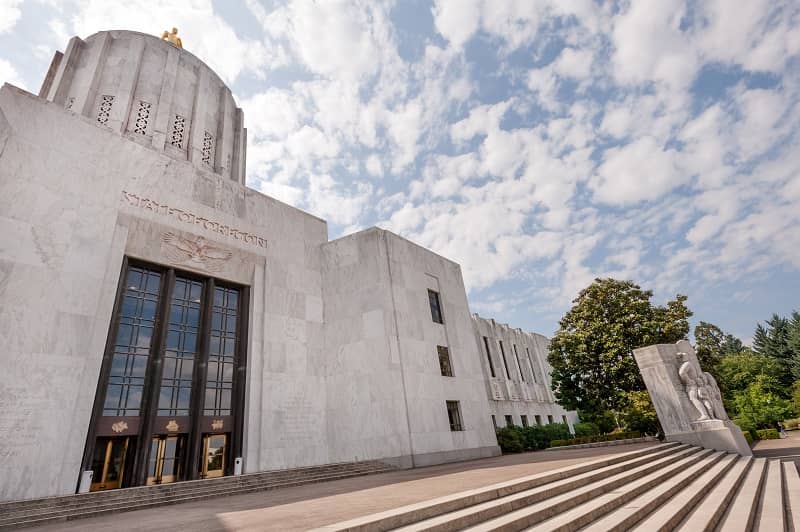

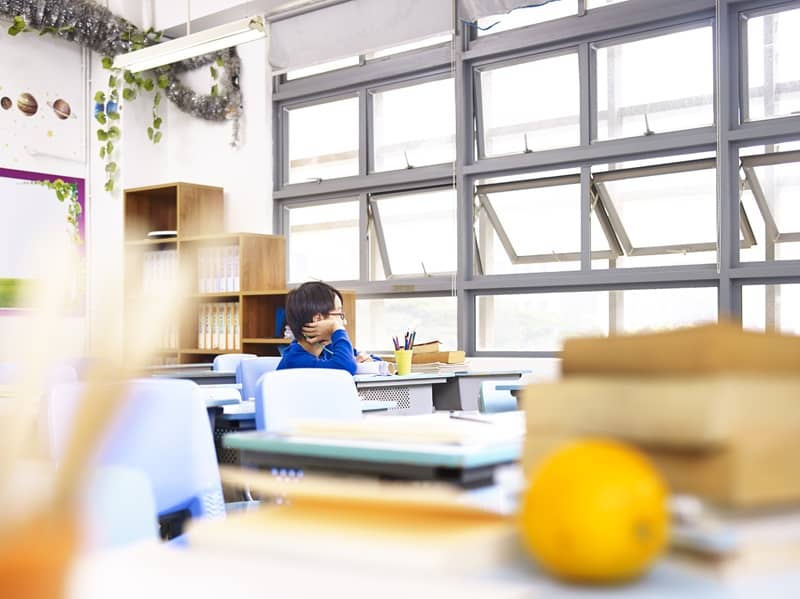
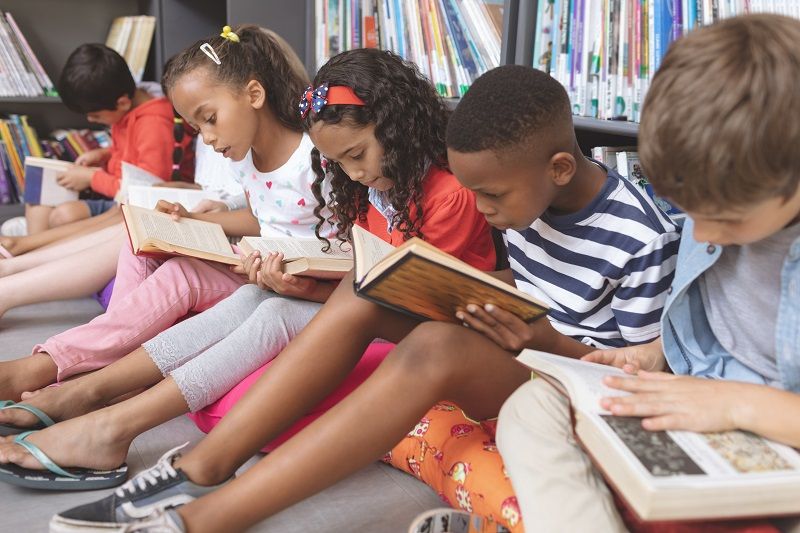

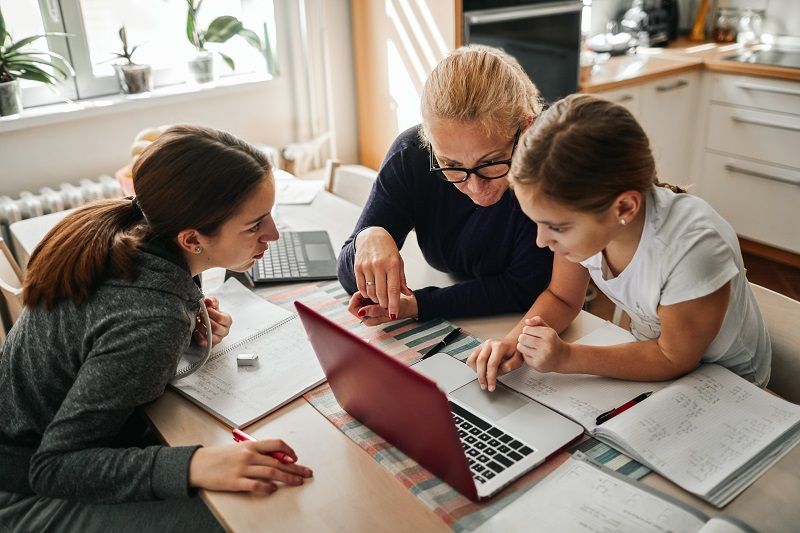


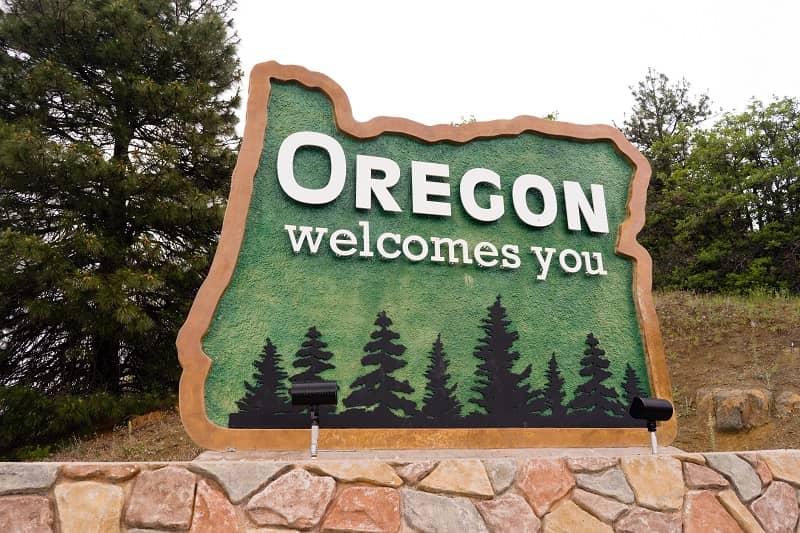

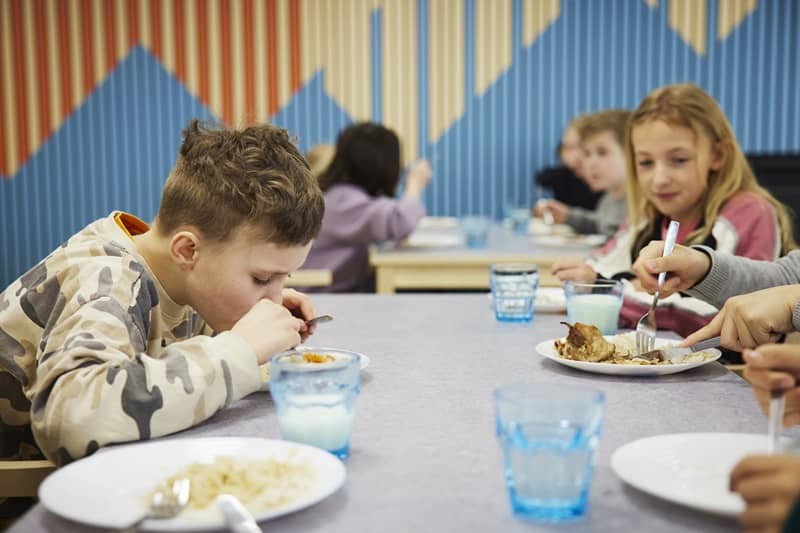
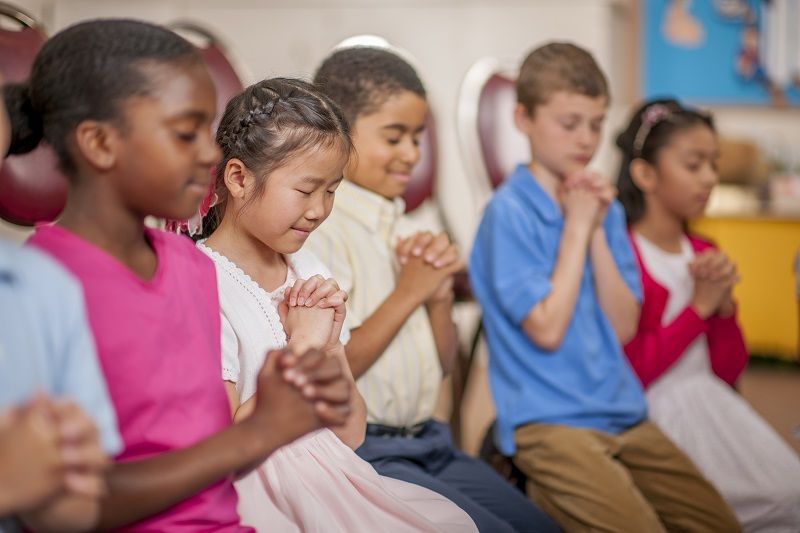
Ralph Edwards
As the child of a federal government employee (my father worked for the federal prison service) I know what it is like to be treated as a “daily $ reward” by the school district I attended south of Tacoma. We were lumped with the military dependents from Ft. Lewis and McChord Air Force Base – we were counted daily!!
As an adult I do not believe in government schools, but, there really are two issues: funding the schools and operating them.
As Cascade has recommended for many years, the dollars should follow the student.
The money belongs to the parents even if the government manages it and collects it.